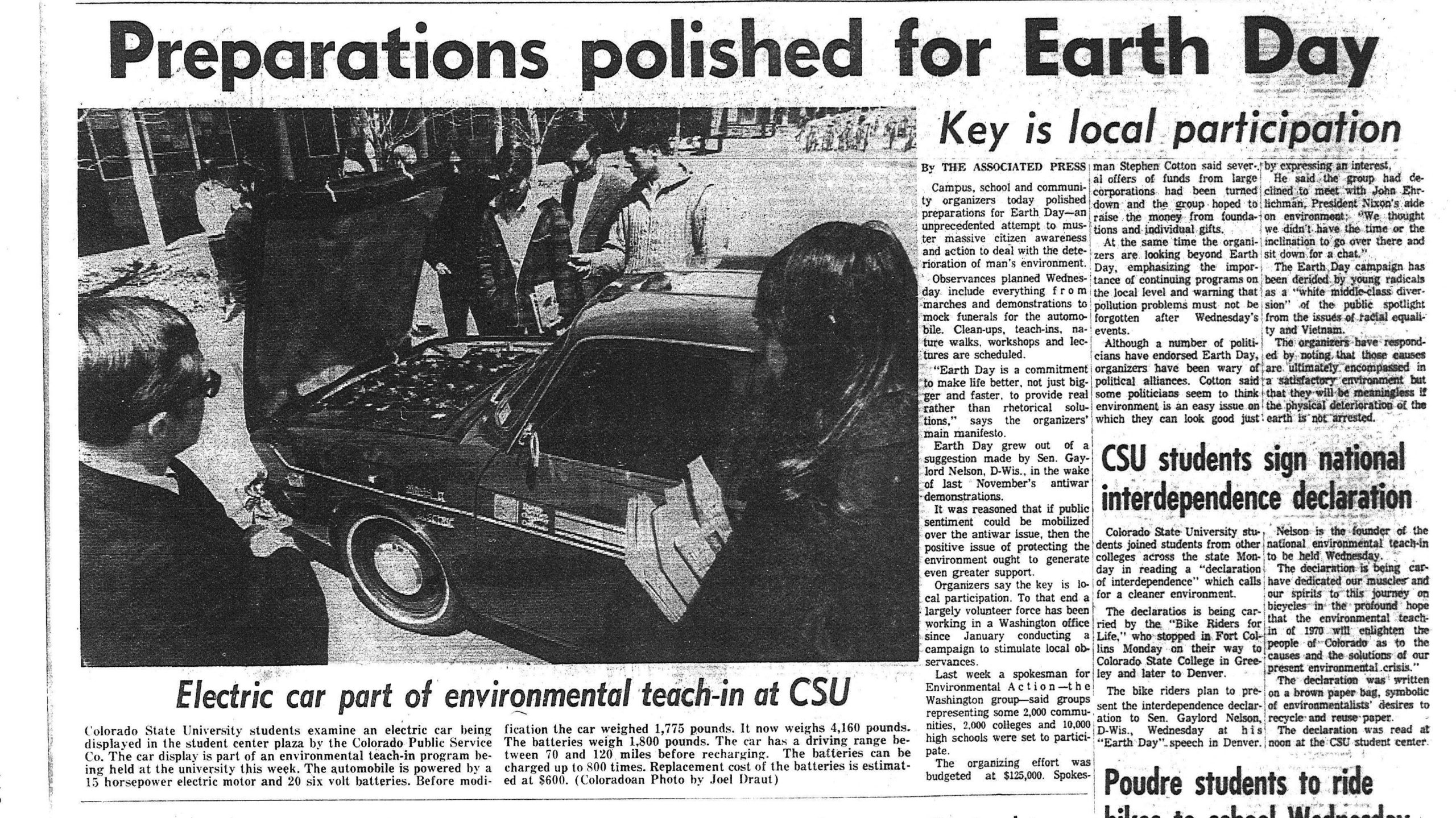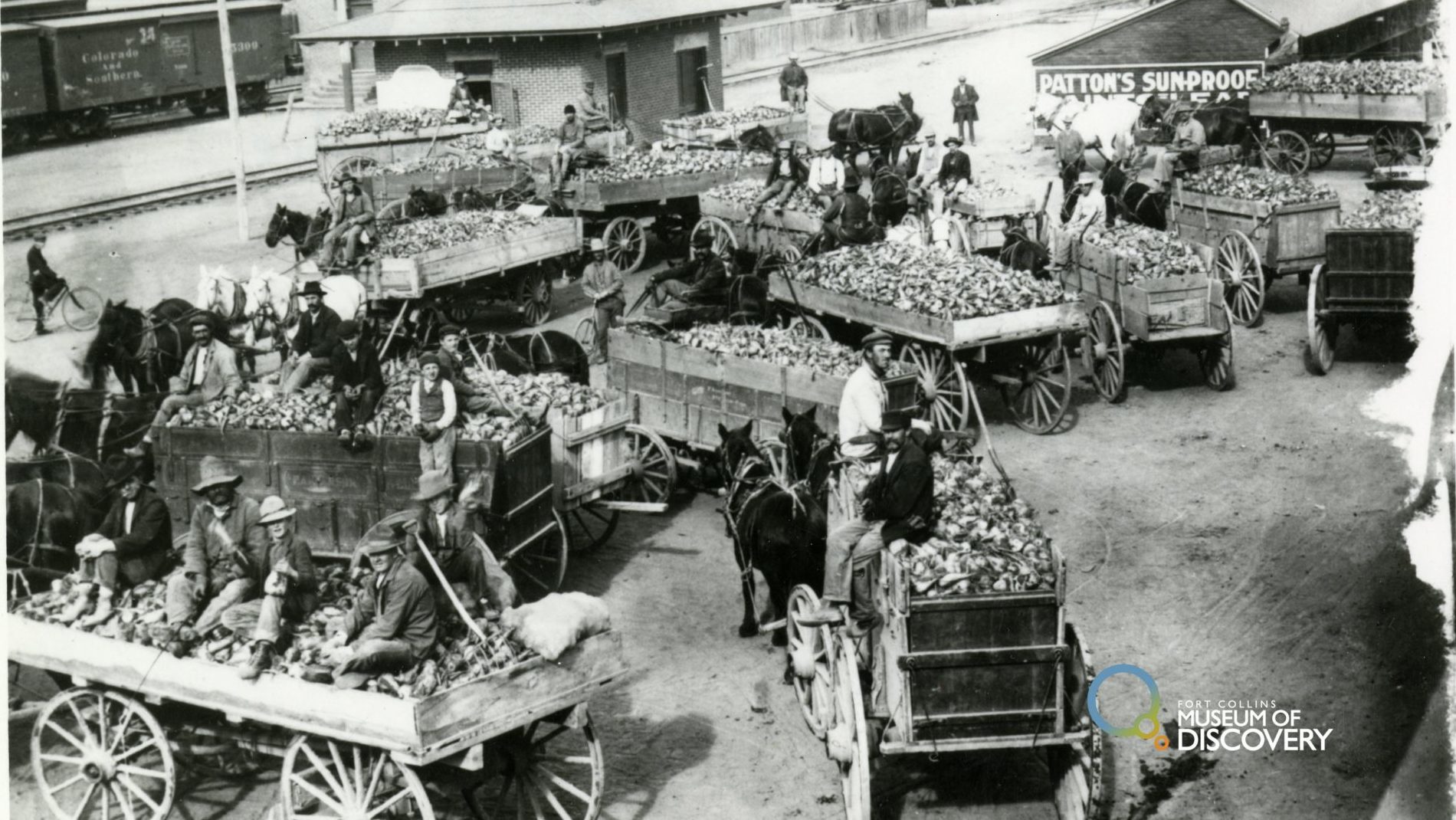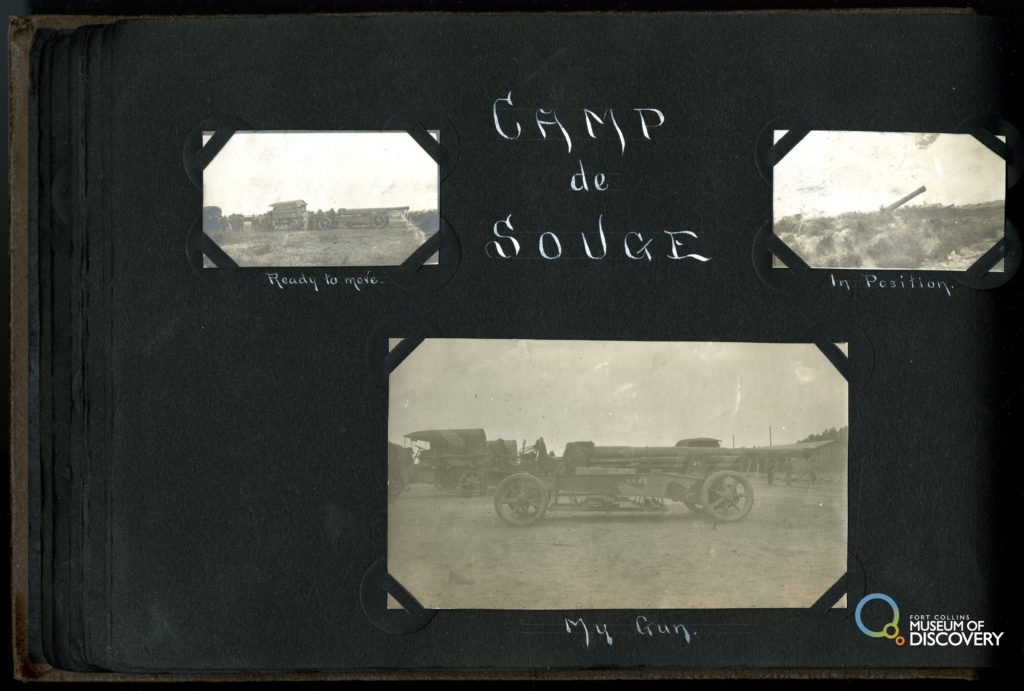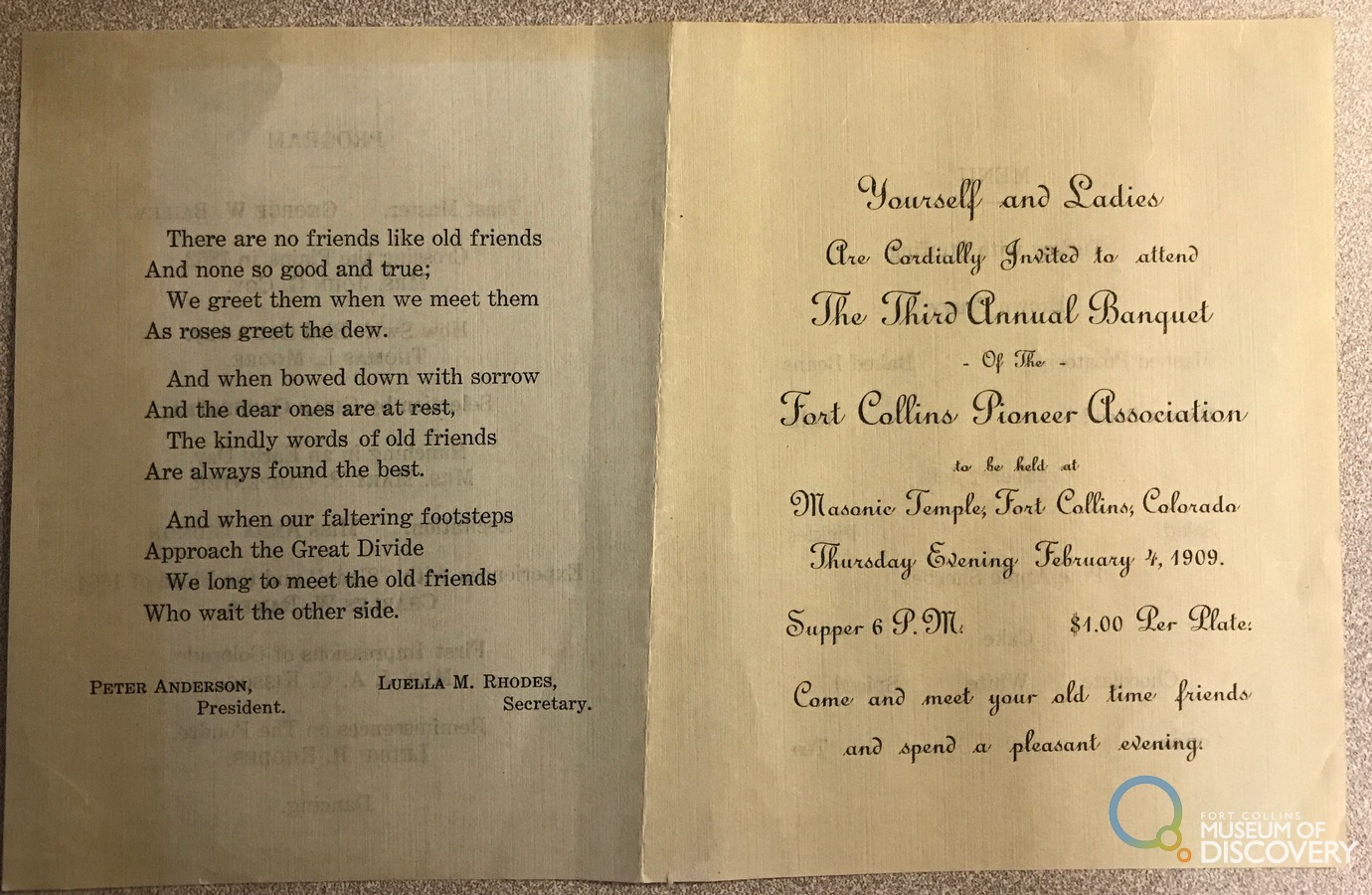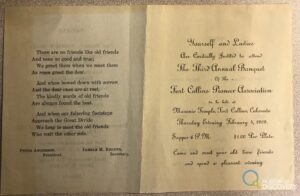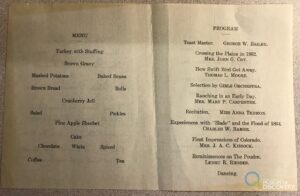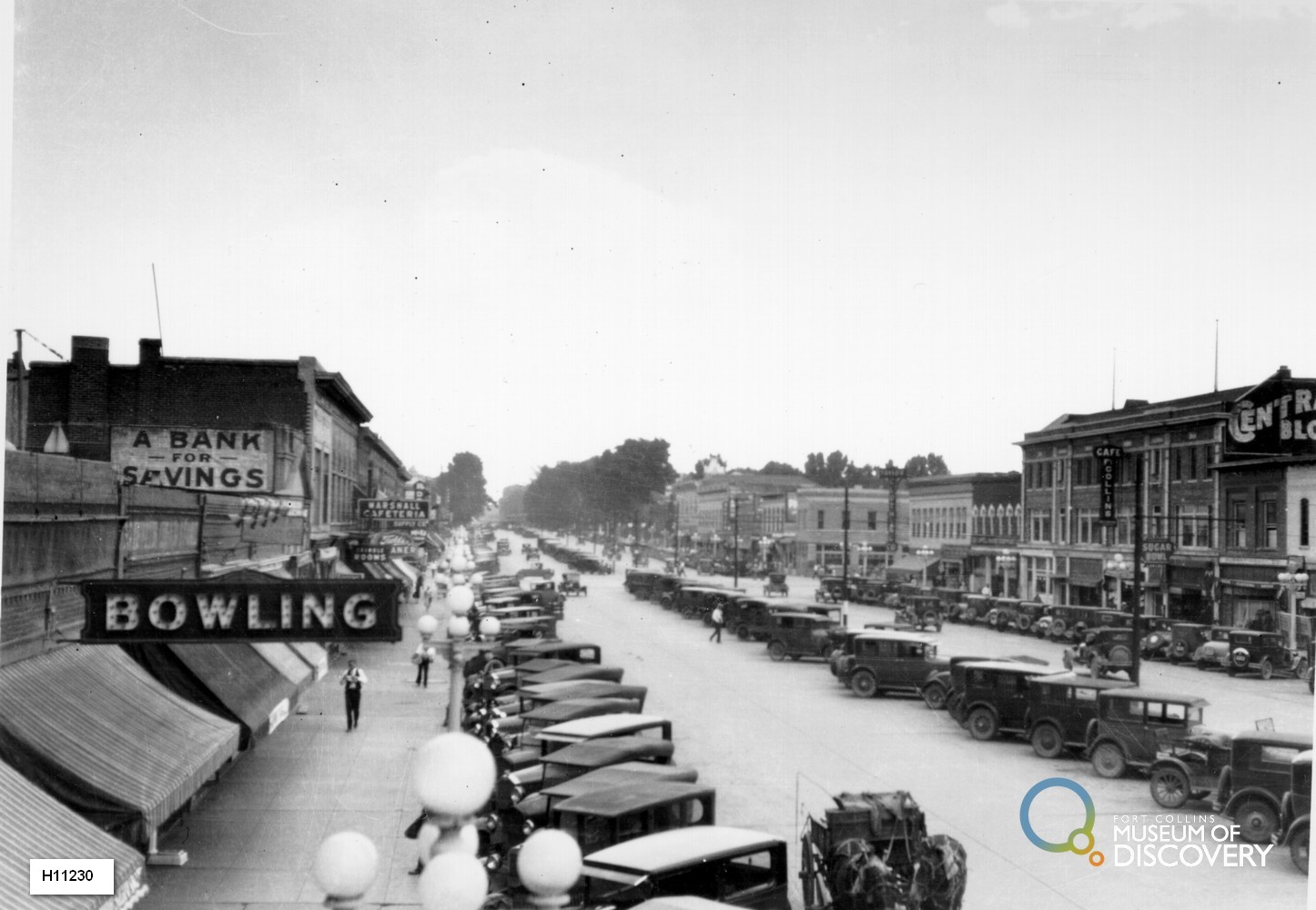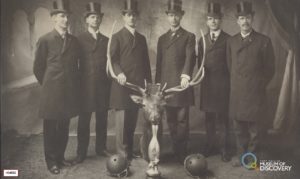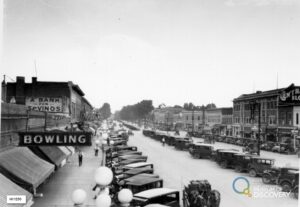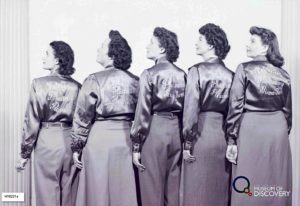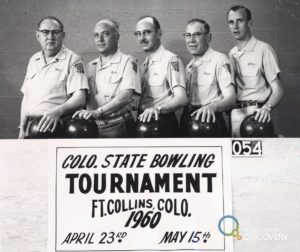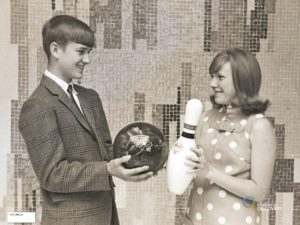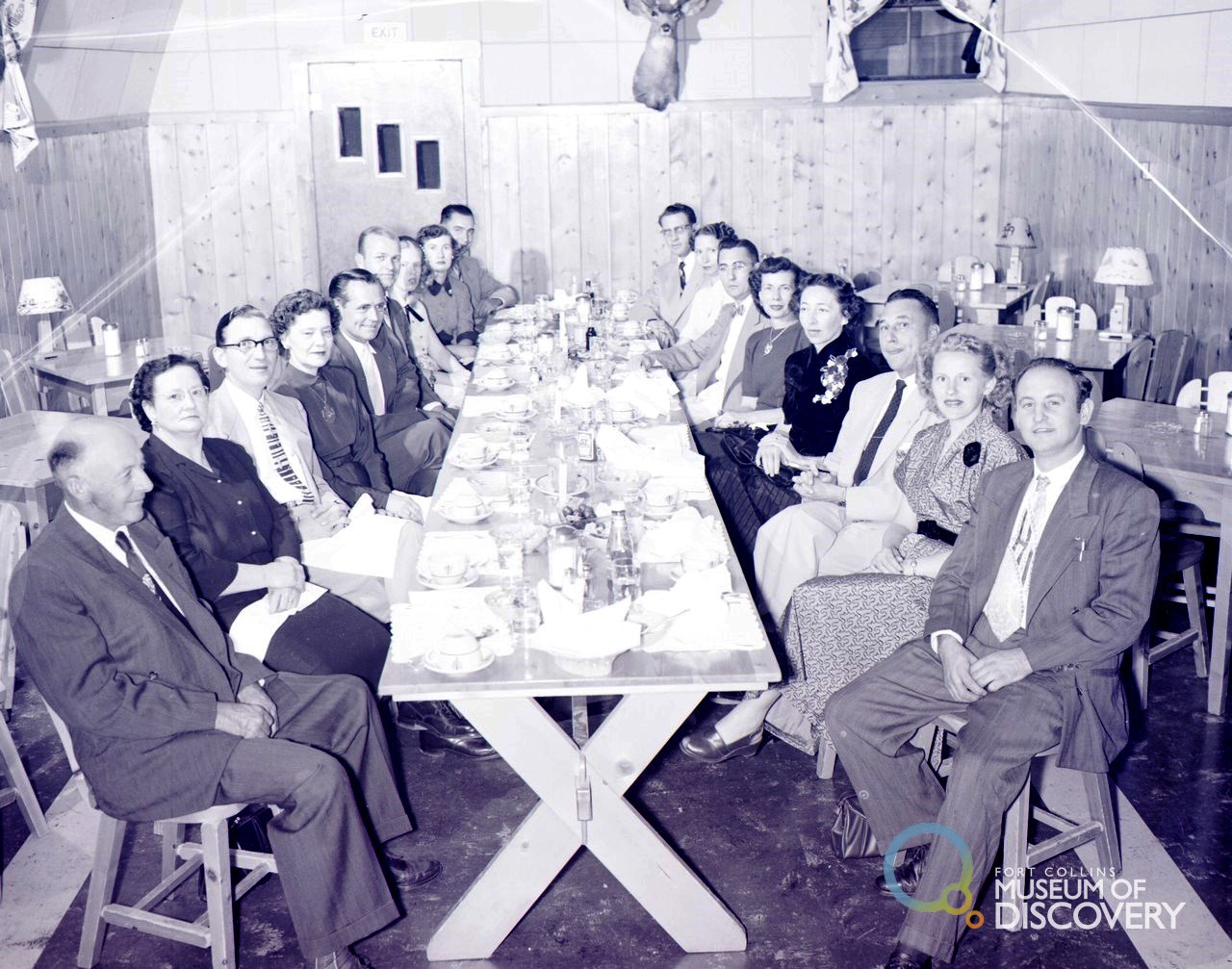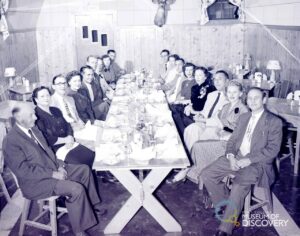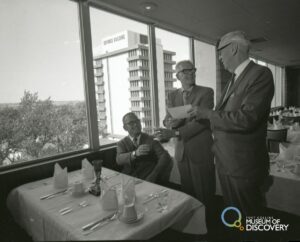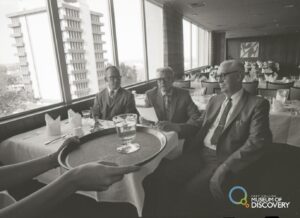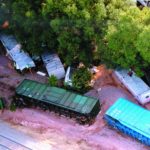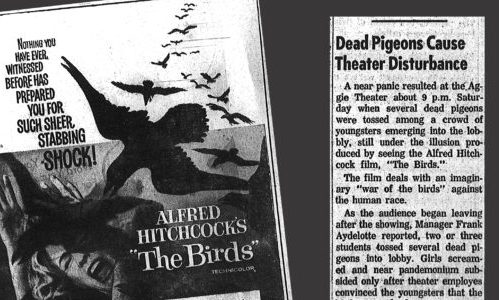Post written by Jenny Hannifin, Archive Research Assistant, and Doug Ernest, Archive Volunteer
In May of 1918, Battery A soldiers were stationed at training camps at Libourne and Castillon, near Bordeaux, France.
In letters published in local newspapers in May and June of 1918, John Hurdle described the French locals, visits to nearby castles and dungeons, and eating doughnuts back at Battery A. He also mentions the issuance of helmets and artillery, although censorship kept him from describing the 155 mm GPFs (Grande Puissance Filloux) in detail.
Here are excerpts from the May 1918 letter written by Hurdle and published in the Fort Collins Weekly Courier:
“Our quarters and office are right in the middle of town in the front of a boys’ school building. …We have a nice bed of violets, carnations and tulips in the yard … We are the first American troops to stop here and the people treat us grand … The country here is much better than the part we just left; has large “chateaus” and well kept fields and excellent roads. … About two miles from here is what the natives call the oldest town in France. I went over, saw a lot of old castles and dungeons which they say were built about 300 A.D.” (Friday, May 31, 1918)
“We have finally drawn our own guns … Capt. Coffin would have no trouble at all in killing one of Dora’s pet milk cows with the gun set up in our back yard at 400. … We have also drawn helmets which we are told are shrapnel proof. They are not much from a beauty standpoint but they are excellent for rainy weather and can be used for wash pan, cuspidor, frying pan or foot tub with very satisfactory results.” (Friday, May 31, 1918)
A letter written by Vance Lough was also published in the Fort Collins newspaper. Lough, formerly the proprietor of Poudre Valley Dairy, was now a truck driver with Battery A. He described the French countryside, and went on to note “The boys [of the Battery] are becoming good Frenchmen so far as drinking wine is concerned.”
Despite the excursions recounted by Hurdle and Lough, the real work of the unit continued day after day: firing the 155 mm GPFs, transporting guns by convoy, marching, and practicing the use of gas masks. The time for drills and practice was nearing its end: On July 4, 2018, the 148th moved northward, and on July 6 they heard the sound of firing for the first time. The men of the Colorado batteries were about to take part in their first battle.
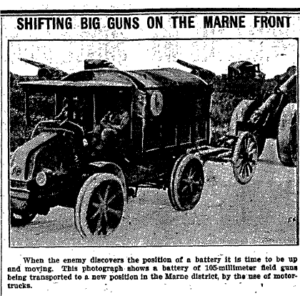
Next post: Second Battle of the Marne
Continue Reading

